Seasons – November 2021
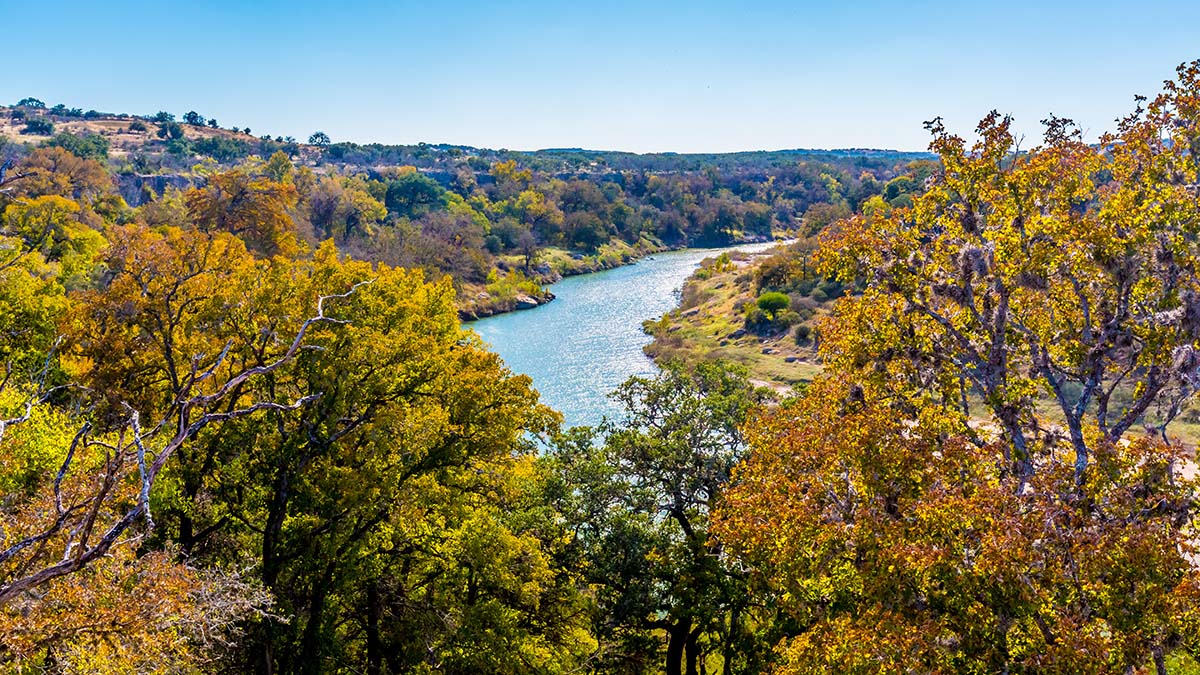
From the Plateau Land & Wildlife Management Team
Cooler weather has finally arrived in Texas! November is the perfect balance of fall and winter; it means deer and quail season, brisk weather, time spent with loved ones, and yes, even the beginning of the holiday season – it also means the conclusion of 2021 is on the horizon. For landowners who wish to beat the Texas heat, November is the perfect month to tackle some projects on your To-Do list. With the end of the year quickly approaching, now is the time to complete and record any additional wildlife activities for your Wildlife Management plan.
In this issue of Seasons, we highlight several straightforward tasks that can be recorded as qualifying activities for those in wildlife as their open-space property tax status. You’ll also find tips for recording your activities, helpful guides, and news relevant to Texas landowners.
We hope you’ll find this issue of Seasons a beneficial resource, and if there’s any way that Plateau Wildlife or any of our family members can help you protect, enhance, or better enjoy your land during this special season, just give us a call. We’ll be here when you need us.
Until next Seasons,
The Plateau Team
Table of Contents
Easy Wildlife Management Activities to do this Fall
On the Record: Best Practices for Annual Wildlife Management Reporting
Service Spotlight: Winter Resident Bird Survey
Tips for Navigating Property Tax Protests
Field Notes: Pictures & Highlights of Properties in Wildlife Management
News for Texas Landowners
Easy Wildlife Management Activities to do this Fall
By Tim Milligan, Plateau Landowner Services, Sales Manager
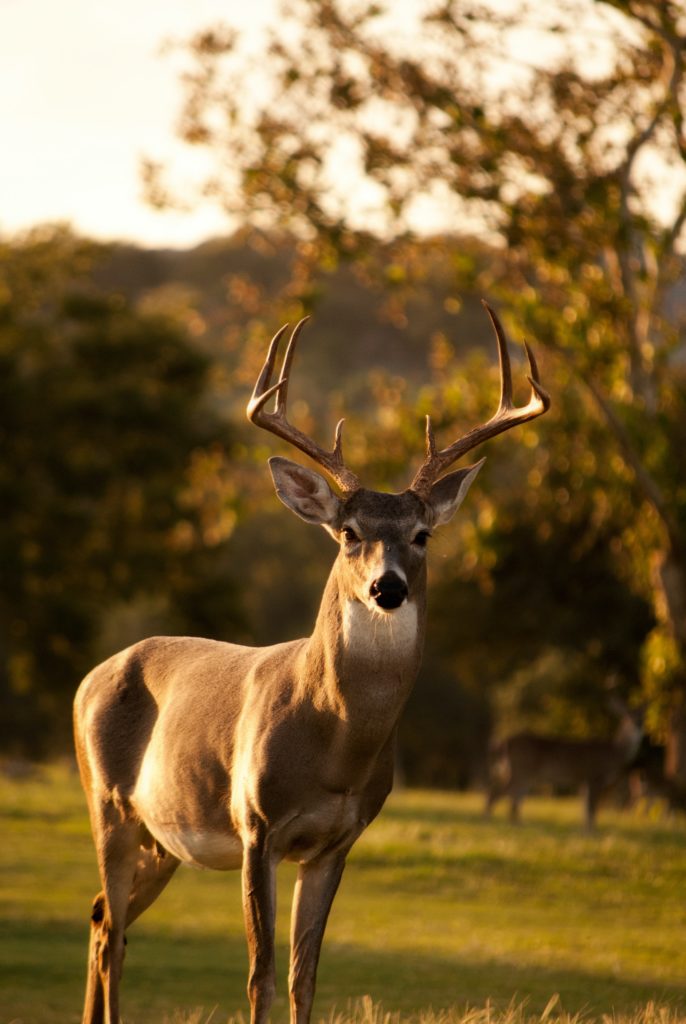
Wildlife activities should be fun and rewarding. They should provide a benefit to the wildlife that inhabit your property and should result in a more attractive property for the wildlife you’re managing for – that’s the goal, anyway. Approved Wildlife Management activities have been carefully designed by the Texas Parks & Wildlife Department, so when conducted, they have the desired impact.
Landowners in Wildlife Management must conduct 3 activities out of the 7 Wildlife Management activity categories, and these activities must come from 3 different categories (for example: habitat control, supplemental food, and census). If you fail to complete your 3 activities, you miss out. Not only on the intended results of a more attractive, healthy, and wildlife-friendly property, but you also run the risk of losing your special valuation or “exemption”, and lower property taxes.
If you’re behind for this year in your qualifying activities, know that you are not alone. And don’t worry, there’s still time to get caught up. Here are some examples of a few simple, seasonally appropriate management activities that you can do yourself, or hire Plateau to complete. Get some of these done, and sleep better knowing you have done right by your property, and by the guidelines of your wildlife management exemption.
- Fire ant treatment: For most people, this is a rather simple and effective form of predator control that’s easy to document and can be completed in a single day. If you don’t want to do it, hire us to complete this for you. Your Plateau Wildlife Plan will tell you how much you need to do to qualify and will explain the basic methods and baits used. The requirement is to treat 10% of your acreage or 10 acres, whichever is greater. Document your work with photos and notes.
- Winter Bird Survey: One of the most popular “catch-up” activities. A survey can be completed by Plateau staff in a single day and qualifies as your census count activity for the year. November is a great time of year for a survey because a whole different set of bird species can be found on your property during winter. You’ll learn a lot about your property and check a compliance box at the same time. Plus, they’re a lot of fun.
- Strip mowing: Maybe not the activity everyone thinks about, but for those of you with access to a tractor and shredder or big mower, this is a great time of year to mow some of those pastures. Check your wildlife plan or call your Plateau Biologist to discuss particulars of what is right and required for your property. In general, you’re going to mow one-third of an area leaving taller grass mixed in with shorter. This provides great supplemental shelter for winter birds and small mammals and prompts forb and native grass growth. Good stuff!
- Brush Piles: Use what you got! Did you cut some brush this year? If so, find some areas on your property and stack that stuff to provide shelter for all kinds of animals this winter. Some of our Spring birds begin to stage for their trip south this time of year. Watch your brush piles for this, because it is cool! You’ll begin to see brush piles come alive with tiny birds increasing daily. Then, just as quickly as they came, they’re off. But don’t worry, they’ll be back.
- Check those feeders and water sources: Or get them out on the ground with a couple of months left for your wildlife to use them. Feeders are great because it gives the landowner a tangible activity that is easy to report to the CAD. If water or food for wildlife was in your plan and you haven’t already, get it done. It’s better to get started now than not doing it all this year. If you have had these out on your property, then this is a good time to check on them and document your work. A few photos will go a long way when your county asks for a report of your activities.
Remember, wildlife management is activity-based, and care must be taken to maintain your status. It’s not meant to be overwhelming, but landowners do have to be active in their management. Don’t let it stress you out. Call Plateau and ask for help and guidance. We can help you either find activities that you can do yourself, or we can get you caught up by doing one or two for you.
On the Record: Best Practices for Annual Wildlife Management Reporting
By David Riley, Plateau Staff Biologist II, Associate Wildlife Biologist, & Registered Property Tax Consultant
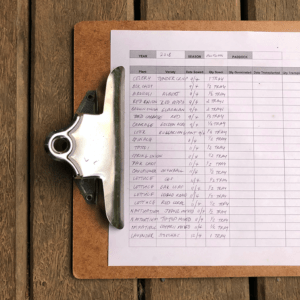
Most counties require your annual report to be submitted prior to April 30 of the following year – Plateau offers a service to take this weight off your shoulders. A Plateau Annual Report is thoroughly prepared by a Plateau biologist and includes a Texas Parks & Wildlife annual report form, all activity documentation, and the peace of mind that your Wildlife Management Valuation stays in place for only $495.
A well-composed annual report can prevent unnecessary attention from the CAD and is the best way to protect your valuation. Plateau does more than 1100 of these each year. We maintain great relationships with all the CADs and know precisely what information they will want to see.
With more and more CADs requesting this report every year, it is essential that qualifications are met and well documented for each year, and on all wildlife management properties. A well-done and complete annual report can make all the difference. Your annual report is your best opportunity to show the appraisal district what you’re doing and is the only thing they may ever see that shows them your commitment to Wildlife Management.
Record Keeping Tips:
1: Always take photos of your activities
- Take new photos every year even if nothing has changed.
- Be sure to take before and after photos of activities like brush management.
- If you think that it is a wildlife management activity then you should take a photo of it
2: Keep accurate logs of the activities conducted.
- Keep a logbook at the property, or in the vehicle/UTV you use around the property.
- Keep accurate logs at the time you do the activity, so you don’t have to remember it later.
- Follow this link to downloadable activity logs.
3: Refer to your wildlife management plan.
- Your wildlife management plan is your guide to what activities might be best for your targeted species.
- This can help ensure that you are meeting minimum intensity requirements with your activities.
4: Keep receipts for all wildlife management activities.
- This can be for feed, nest box parts, brush management equipment, etc…
5: Organize all documentation by activity.
- This makes it easier for you to see exactly what you have done throughout the year and becomes a checklist to ensure that you meet minimum requirements. (Minimum requirement is three of the seven activity categories)
6: Utilize maps when possible
- Mark areas where feeders, water sources, nest boxes, etc. are located.
- Draw areas where brush management, erosion control, fire ant treatment, etc. occur
If you have questions or would like more information about appropriate Wildlife Management activities for your property, please contact us at (512) 894-3479 or [email protected].
Service Spotlight: Winter Resident Bird Survey
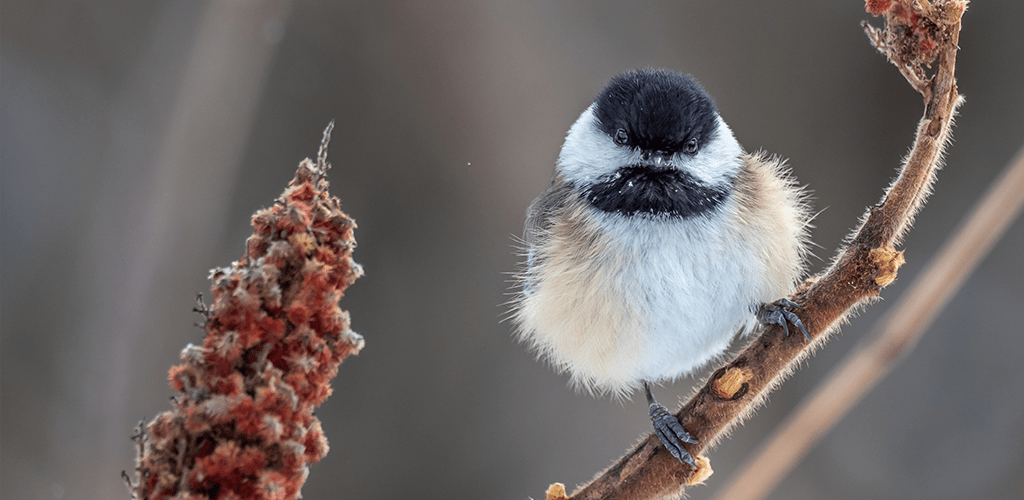
Learn what birds are on your property this winter!
Did you know that in some parts of Texas the bird species found during cooler months represents a major component of the overall species richness for that area? Winter Resident Bird Surveys are a great opportunity for landowners to practice their birding skills and tour their property with a professional birder.
Plateau is now offering $50 off our regular price of $550 for Winter Resident Bird Surveys purchased by November 15, 2021. Contact us at (512) 817-2086, or send us an email, to learn more or purchase a survey for your property!
Features and Benefits
Qualifies as a wildlife management activity in just one outing!
- Perfect Winter Activity: Conducted from mid-November through February
- Learn Species and Abundance: Allows landowners to monitor long-term trends of species composition and abundance, and implement potential activities which may improve overall species abundance and diversity
- Listening Stations and Reports: A Plateau birder will establish listening stations within diverse habitat locations throughout your property for observation. Comes with Field Log and Detailed Report.
- Learn about Your Winter Birds: Birds observed during these surveys can include winter resident sparrows, kinglets, waterfowl, and an assortment of hawks and falcons
Questions? Give us a call at (512) 894-3479 or email [email protected]
Tips for Navigating Property Tax Protests
By Cassie Gresham, Braun & Gresham Attorney and Counselor
Braun & Gresham Attorney and Counselor, Cassie Gresham, provides tips for navigating property tax protests. Cassie covers your deadlines to protest, considerations for working through the Appraisal Review Board process, common mistakes and pitfalls, and more. This webinar will benefit any landowner and provide insight on how to properly protest your property tax valuation.
If you have questions or concerns about your property tax bill, Braun & Gresham can help. The attorneys at Braun & Gresham are not only experts and innovators in ways to utilize property tax incentives and how to reduce your property taxes, but they also serve as your advocates when you are unfairly taxed. They know the rules and how to use them. They also make sure the taxing authorities follow those rules. Please contact Braun & Gresham at (512) 894-5426 or email [email protected].
Field Notes: Pictures & Highlights of Properties in Wildlife Management
Ever wonder how Wildlife Management is benefiting landowners’ property and the wildlife that lives on it? Here are some photos and highlights, from Plateau’s field staff and game cameras, of successes and small victories our landowner customers are seeing on their property.
Juvenile bobcats in Burnet County
Check out these juvenile bobcats spotted on a Plateau game camera in Burnet County. The reclusive Bobcat (Lynx rufus) is active largely at night, although they frequently leave cover and begin hunting long before sundown. Adult bobcats are approximately 3 feet, 6 inches from nose to the tip of the tail, and weigh between 14 to 40 pounds. A typical female will have a territory size of about 6 square miles, whereas a male’s territory might be as large as 60 square miles. They are highly adaptable felines and have shown a marked ability to cope with urban encroachment on their native habitat. A bobcat’s diet consists mainly of small mammals and birds. Occasionally deer are killed and eaten, but most of the deer meat found in bobcat stomachs has been carrion. The bobcat also preys upon domestic sheep, goats and poultry. While bobcats do not necessarily like water, they will commonly wade and swim.
Game cameras offer landowners the opportunity to get familiar with the wildlife that frequent their property. Consider placing one on your own, or have Plateau conduct a Remote Game Camera Survey for you! For more information, give us a call at (512) 894-3479.
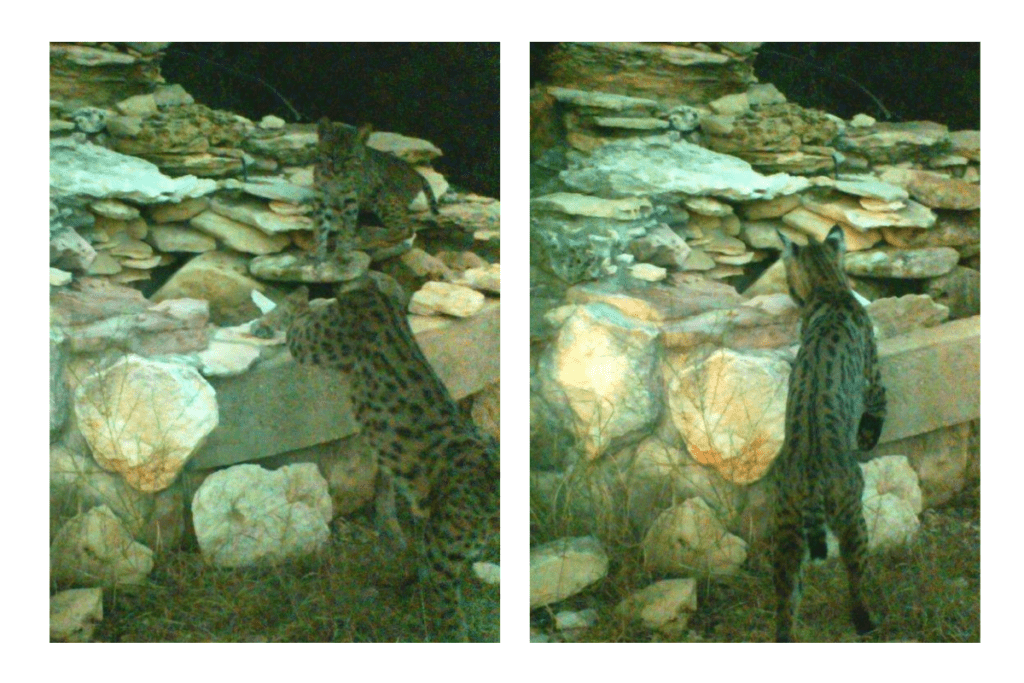
So many of you are out there doing great work. We appreciate you, and so do the native wildlife on your property and across Texas. Large or small, you are making a difference. Look for more great examples of wildlife and landowner successes and victories in upcoming Seasons Newsletters!
News for Texas Landowners
Biologists Predict an Exceptional 2021-22 General White-Tailed Deer Season
Article by TPWD
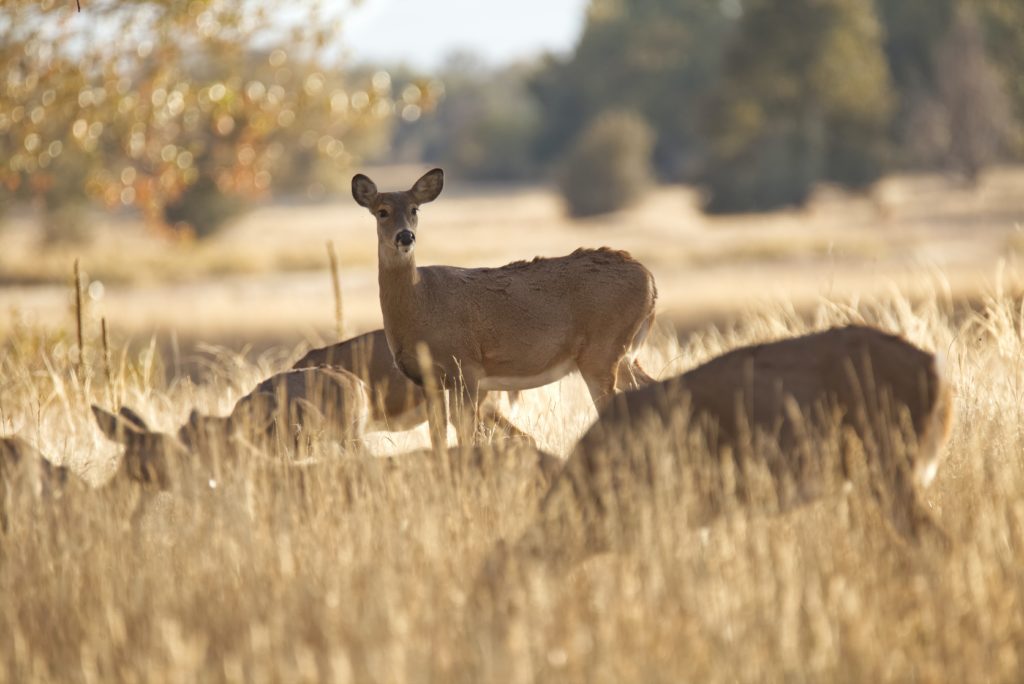
AUSTIN – Texas Parks and Wildlife Department (TPWD) biologists say hunters can expect an exceptional 2021-22 white-tailed deer season. The statewide white-tailed deer population is estimated to be around 5.4 million deer and while it is down slightly from previous years, fawn recruitment (fawn survival rates) predictions indicate an overall robust population increase headed into the season.
Most often deer hunting forecasts and expectations are driven by habitat conditions the white-tailed deer herd are experiencing in the eight to ten months prior to the season’s start. Even though dry conditions existed throughout much of the state at the end of 2020, coupled with the early 2021 winter storm, the late spring rains provided needed relief and accelerated forb (weeds and flowering plants) and grass production have helped to bolster deer body conditions ahead of the fall and winter…
A new way to map with conservation data
Article by Texas A&M AgriLife
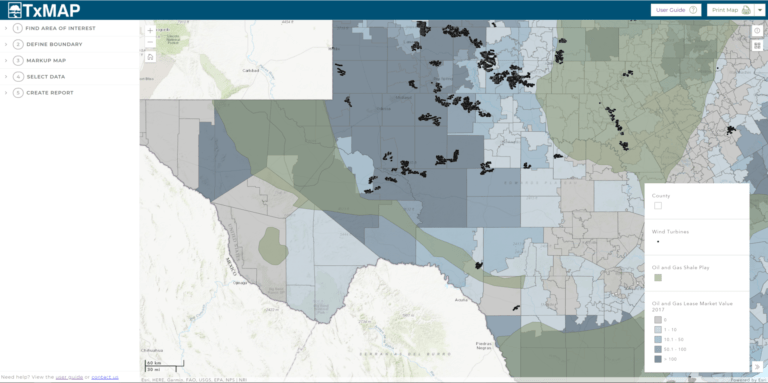
A TxMAP view of land trends and demography datasets highlighting energy production and resources in West Texas. (Texas A&M Natural Resources Institute map).
The Texas A&M Natural Resources Institute, a unit of Texas A&M AgriLife, is seeking to engage land managers, citizens and policymakers in visualizing natural resource conflicts and solutions through a new mapping application called TxMAP.
Like a trusty map from the glovebox with a pocket compass folded in the crease, geospatial data reveals the best routes to take and the dead ends to avoid when navigating natural resources, but ultimately requires inquisition by the user.
The Natural Resources Institute built this new tool utilizing changes and trend …
What Statutory Protections Apply if Hunters Are Injured on My Land?
Article by Tiffany Lashmet for Texas Agricultural Law Blog
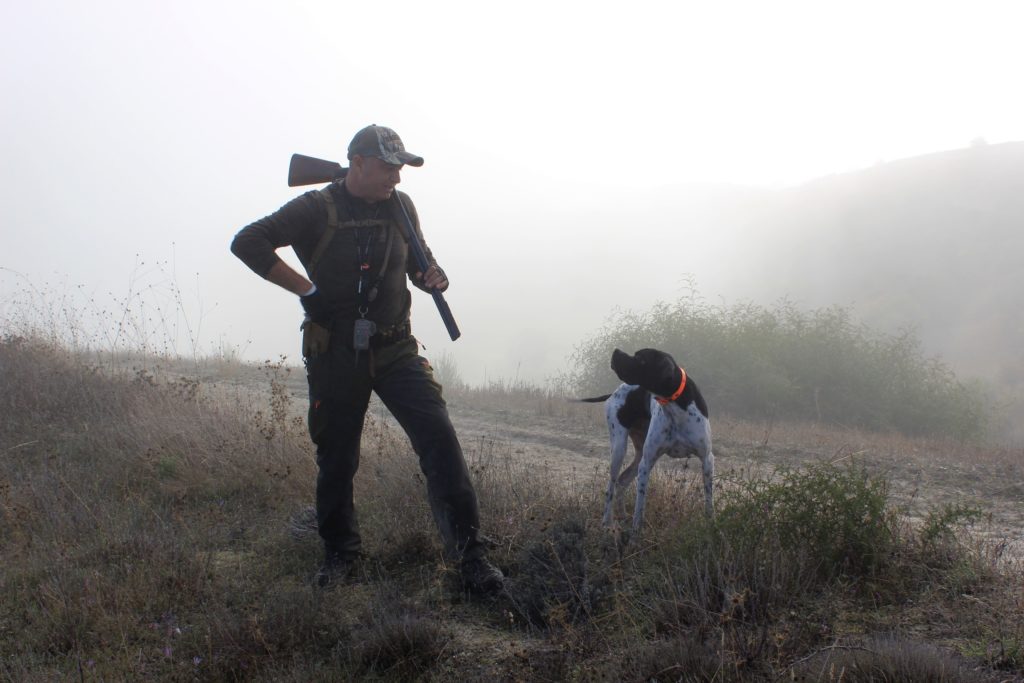 With opening weekend for deer season right around the corner, this is a great and timely question. There are two main statutes that could apply in this situation: Texas Recreational Use Statute and Texas Agritourism Act. As you will see, there are many situations, including hunting, where both statutes may be an available defense if someone is injured.
With opening weekend for deer season right around the corner, this is a great and timely question. There are two main statutes that could apply in this situation: Texas Recreational Use Statute and Texas Agritourism Act. As you will see, there are many situations, including hunting, where both statutes may be an available defense if someone is injured.
The Texas Recreational Use statute provides that a landowner, lessee, or occupier of land can be liable only for intentional acts or gross negligence if three requirements are met….
The 44 Texas counties with CWD-exposed release sites
Article by Matt Wyatt for The Houston Chronicle
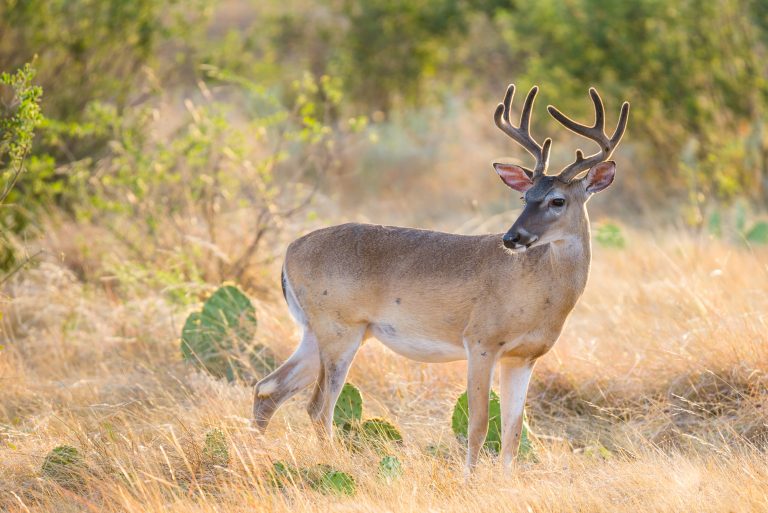
More than 1,700 deer that could have been exposed to chronic wasting disease were released on high-fence pastures across Texas.
Deer from seven CWD-positive breeding facilities in Uvalde, Matagorda, Mason, Hunt and Duval counties have been sent to 119 release sites in the last five years, according to an epidemiological investigation by wildlife and animal health officials. The CWD outbreak at the seven facilities has prompted emergency action and an array of proposed regulation changesby Texas Parks and Wildlife Department.
The department has produced maps depicting the counties containing release sites with CWD-exposed deer and the number of exposed deer that have been sent to each county…
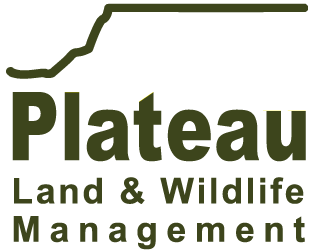





Sorry, the comment form is closed at this time.